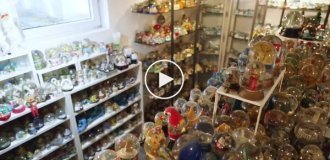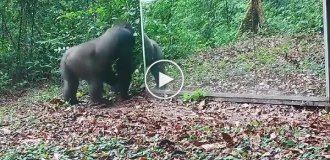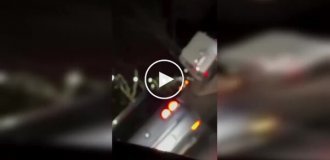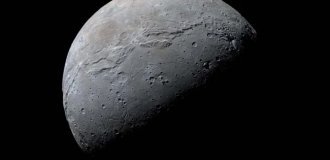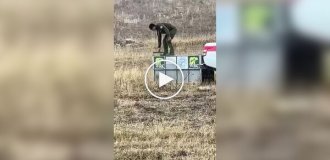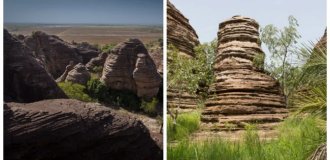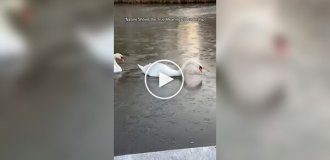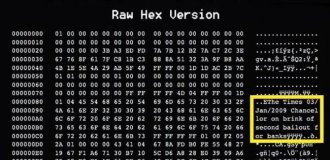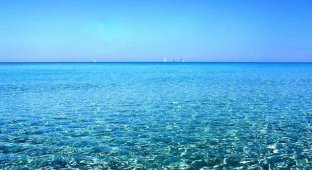How to catch cod in Norway (21 photos)
Every winter, Arctic cod perform their ritual: millions fish travel a thousand kilometers from the Barents Sea to Lofoten, to lay eggs in warm waters “warmed up” by the Gulf Stream. For Borge Iversen, a Norwegian captain with the characteristic appearance of a sailor and Viking, winter is a difficult, but most interesting time. Once every 2-3 days he leaves at night from the harbor of the fishing town of Balstadt into the open sea on 12-15 hour cod fishing. 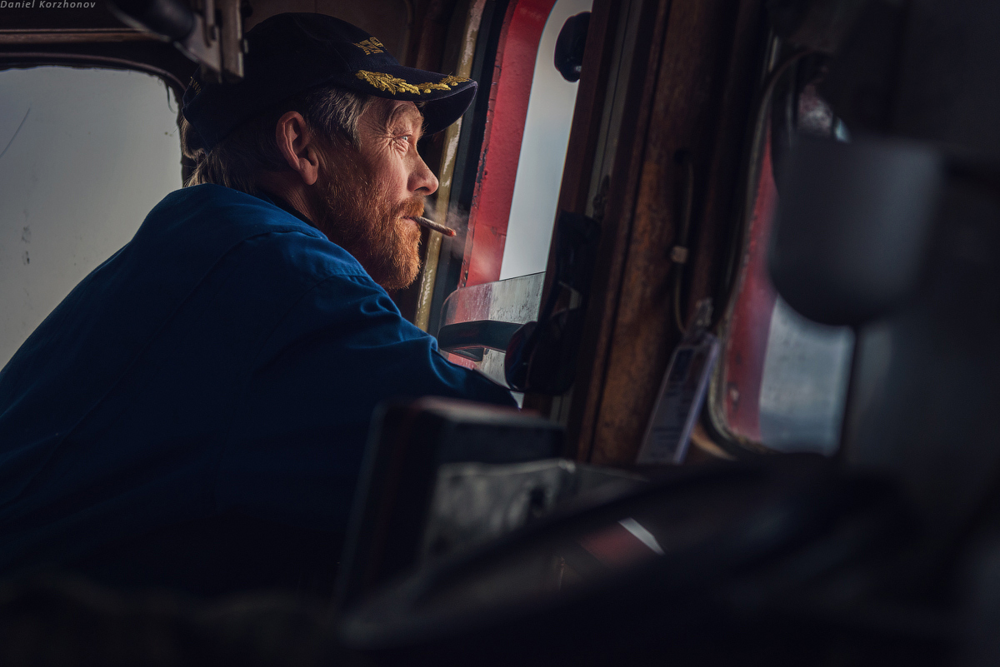
Borge has been going out to sea fishing for 40 years. In winter - serious work, cod fishing, and in the summer - tourist trips, individual fishing tours. His ship is already 26 years old, and most of it Borge spent his life on it.
A cold wind from the sea blows away the remaining snow on the pier, but he still makes the decision to go to the open sea during the day, and not at night. Why at night? Borge replies: “This is necessary in order to have time to ship fish to the warehouse in the morning, the guys at the warehouse work the day shift.” AND however, the Norwegians have a fishing season from January to April, only 4 months in year. It is at this time that cod comes to Lofoten to spawn. 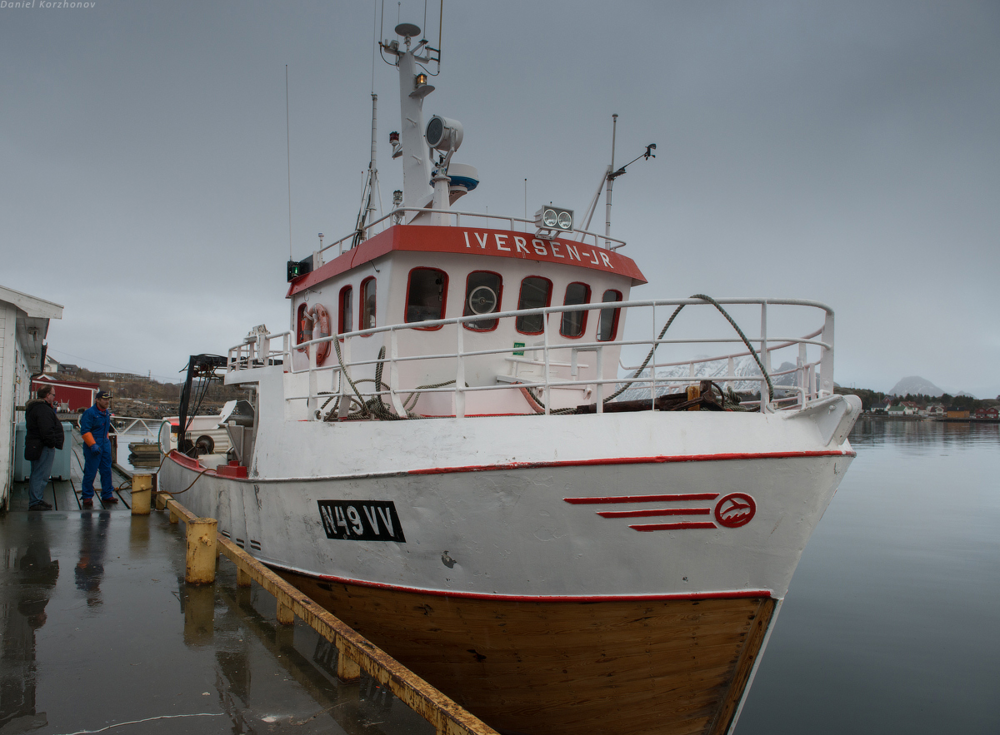
In anticipation of an interesting adventure, we hit the road. The ship slowly moves away from the wet pier, rocking on weak waves of the harbor. Borge habitually maneuvers between endless rocks and lighthouses bristling the shores of Balstadt.
Meanwhile, Borge's ship leaves the harbor - and we immediately we feel the character of the stormy sea. The ship, like a piece of wood, is thrown from crest upon crest of dark restless waves. While the boat is shaking from side to side, Borge, rocking on the captain's chair, calmly explains where we are going, showing our usual path. In 2 o'clock we must go out into the open sea, away from the islands, and begin fishing I'm catching. Borge catches cod in the traditional way, which is already at least 500 years. They call it “long lines” or longline fishing method. 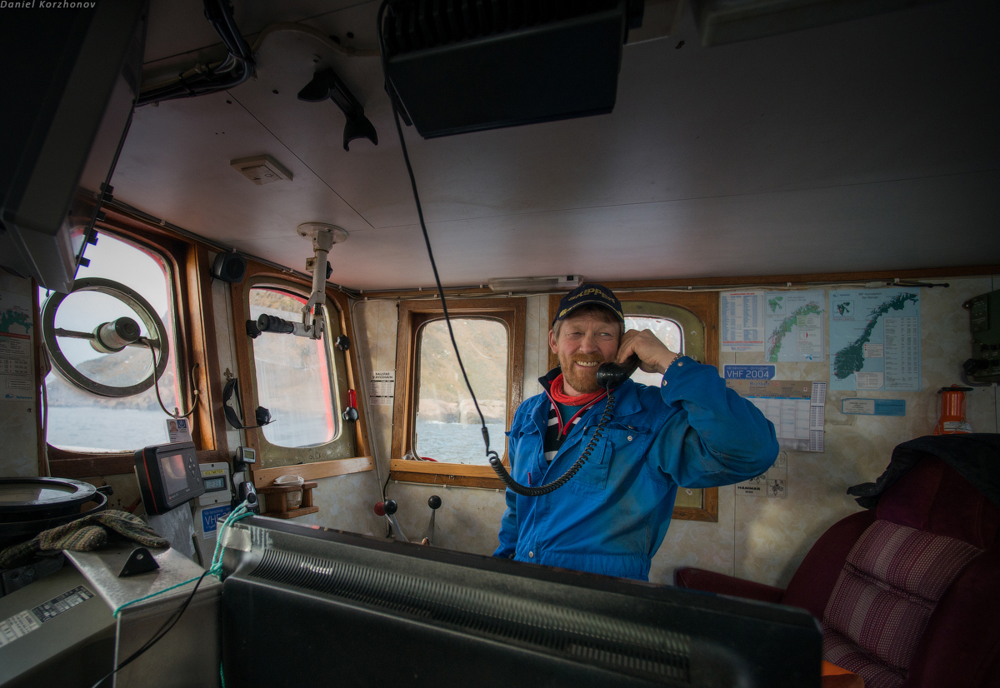
At first, in the bay, everything was relatively calm. Especially when we were in the bay. We went out to sea - it got worse, but tolerable: we flew only from wall to wall, without touching the ceiling yet... 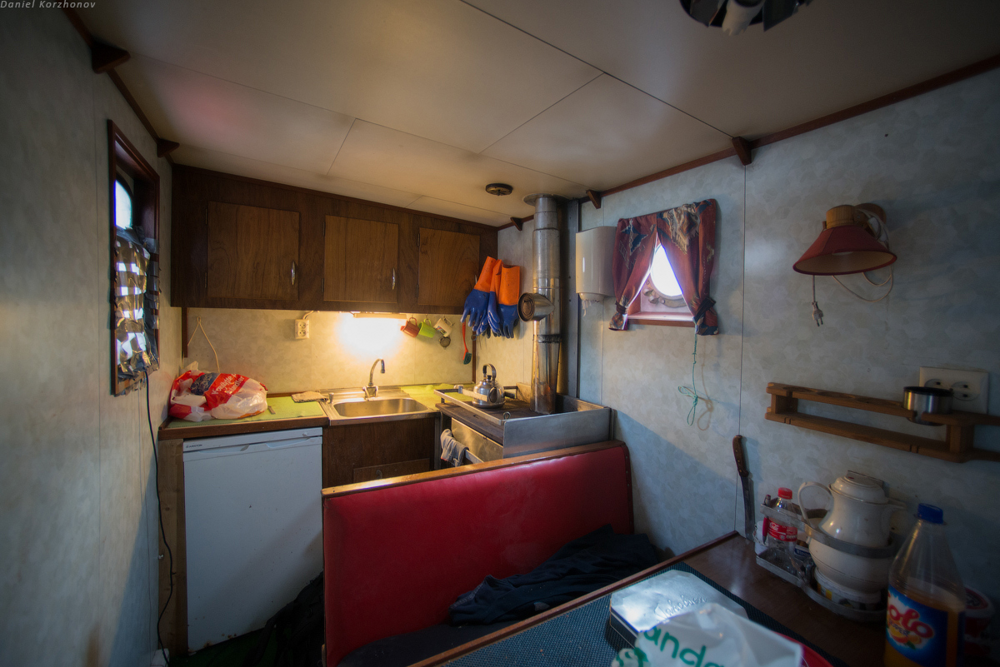
- Do you see these multi-colored lines? – Borge points to monitor nailed to the base and secured at the corners. - That's what it is “long lines” or tiered lines. Simply put, Borge stretches the long fishing line (750 meters) with a large number of hooks with bait, and then collects the catch by pulling the fishing line on board using special drums. Now Borge is much easier to swim, and he controls the ship and fishing fish alone.
It simply puts the ship on autopilot, synchronized with computer navigation system. Points to the yellowed time compass: “this is the heart of the ship, without it you cannot go to sea, any electronics can fail, but a compass will never fail.” 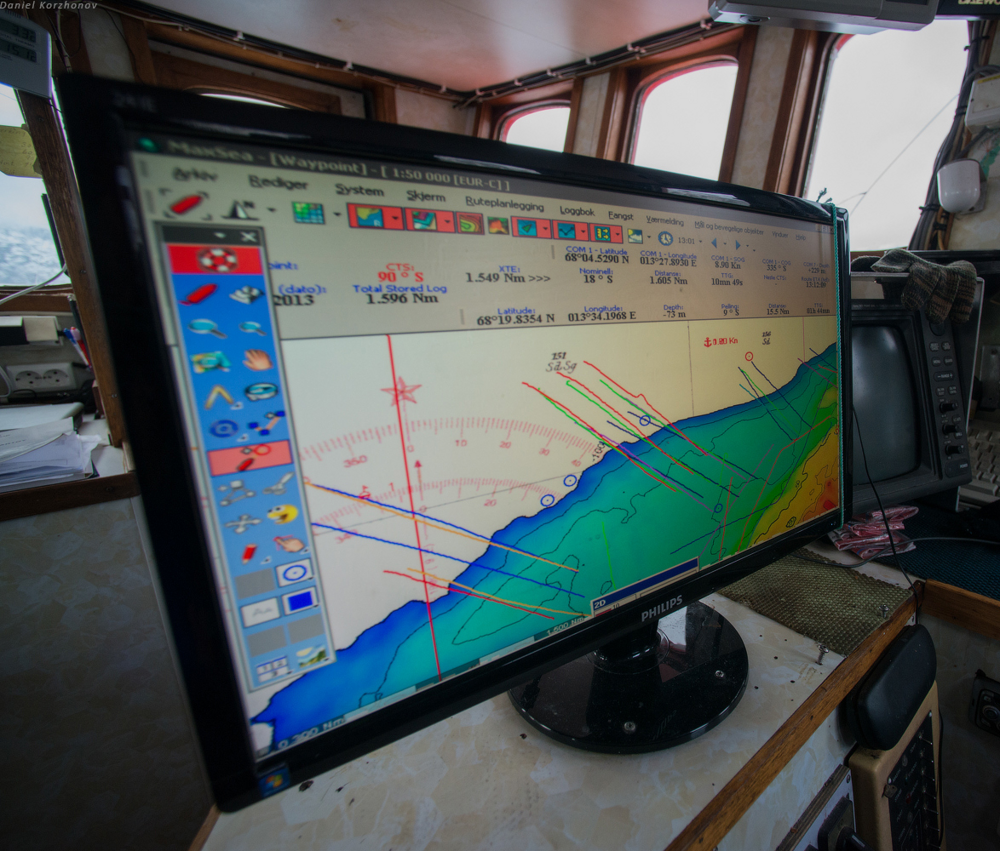
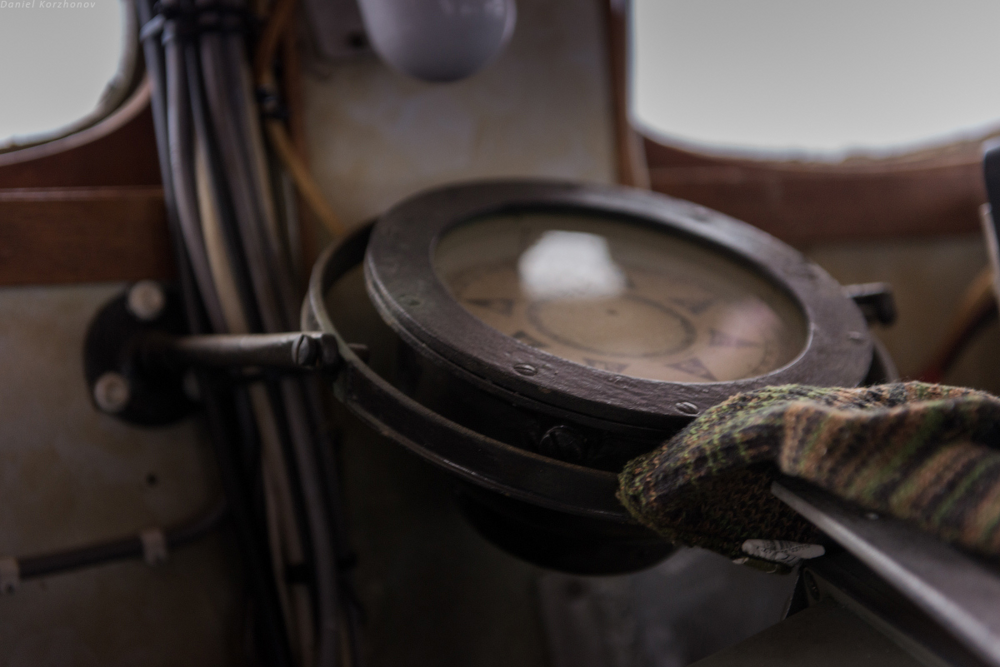
The echoes of the night storm make themselves felt: on the open sea waves 4-5 meters high. Borge playfully supports me, who is clinging to some detail at hand, calling the process of “flight” of the ship from wave to surfing waves. For an organism unaccustomed to the sea, empty stomach and fresh air. Both are already in stock, so after some time of flying from one side to the other of the captain's cabin I come to my senses. Borge is just slowing down and we are starting to look for the beginning “lines” - it is marked with a buoy with a reflector.
It's already starting to get dark, but Borge's keen eye quickly finds red marker – flag between wave crests. The ends of the line are placed on anchor and are at different depths. Depths are controlled by buoys. Borge fishes out the buoy - and begins to pick out the rope to find the end fishing line But here we are faced with failure: the fishing line turns out to be torn from the rope. Apparently, the storm had torn apart the unreliable knot. 
Borge is very worried about the actions of the authorities, commenting on the desire of large oil companies to develop new offshore deposits: “Fishing is the basis of life for people in Lofoten, part of their traditions and way of life. About 25 thousand live in Lofoten residents, and almost every second resident is somehow connected with the sea. More than 500 ships go fishing for cod in winter, 99% of fishermen Lofotenach against deployment butnew ocean drilling rigs on shelves.
More than 1.7 billion tons of cod live in the Barents Sea, and some come to Lofoten to spawn. Any malfunction in the operation of drilling rigs installations could lead to a global catastrophe." Anyway, life Lofoten will change greatly in the coming decades if the oil industry will reach the archipelago. 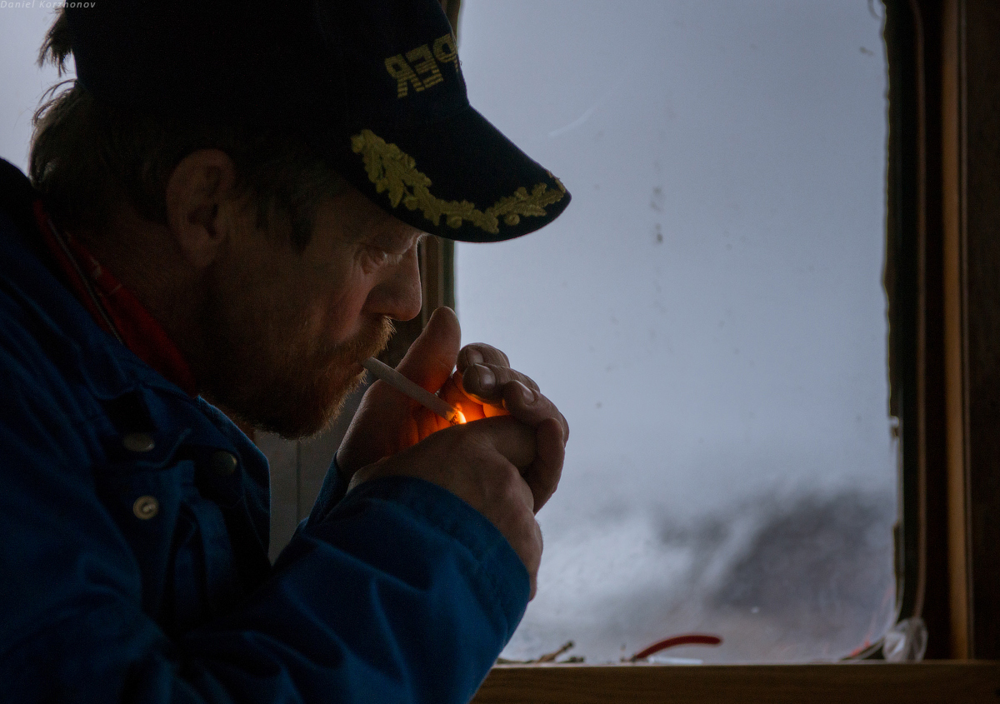
We swam to the other end of the longline line and also caught an anchor, a rope - and here, fortunately, the fishing line was in place. Borge placed the end on a large drum driven by the ship's engine, and began to pull out the fishing line, putting the ship on a quiet course, pointing at autopilot end of the line. So for about 2 hours we drifted and caught cod. Here it is - the first fish! Arctic cod sounds Norwegian as “Skrei”, which literally means “traveller”. Every 3-5 meters on the fishing line there are hooks with bait.
Borge stands at the edge of a ship rocking on the waves, and with a deft movement of the hook (a stick with a hook at the end) he pulls the fish up by board as soon as the hook approaches the reel. Considering that Borge is coming already sixty years old, he literally with one hand in a second transfers fish weighing up to 25 kilos into a container.
All this happens so quickly that you can’t keep up understand how the fish ended up in the container. After all the fishing line line wound up in a large container, Borge kills the fish by piercing it with a knife under gills, and then transfers it to a container of water. 
A break - a cup of coffee with chocolate cookies - and again work. Now you need to stretch a new line with fresh bait. IN Borge uses shrimp or pieces of herring as bait. Line unwinds quite quickly - there is no longer any need to drift. Night has already covered the sea. Now there is a heavy rainfall, the elements do not subside. Borga is no stranger: in winter there are even worse conditions: snow storms, glaciation on the ship. 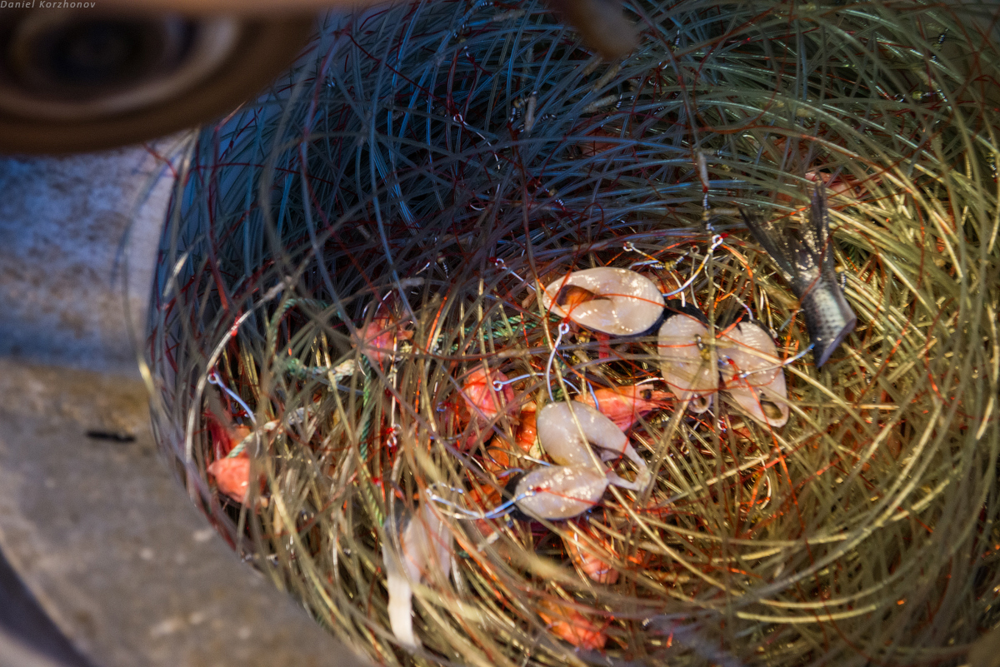
After some time we look out for the last marker, scanning the sea with a powerful flashlight. 3-4 circles around the one marked on the map dots - and we notice the reflection of the buoy reflector.
Another 2 hours - and the third line is finished: Borge returns to the control room, and we again have time to talk. 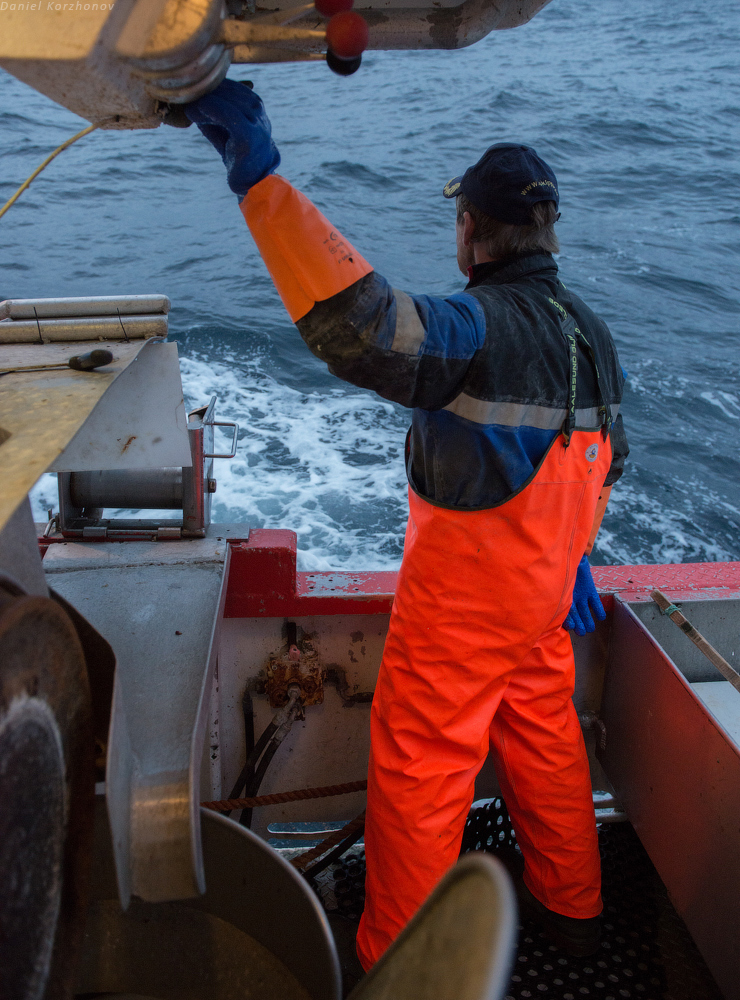
Today the catch is 500 fish, that’s about 1.5 tons of fish,” says Borge. -This is a good result. I have quotas for seasonal catch fish: it is allowed to catch about 100 tons of cod per season. Government regulates both fishing places and quotas: Borge is obliged to fill out the on-board magazine. 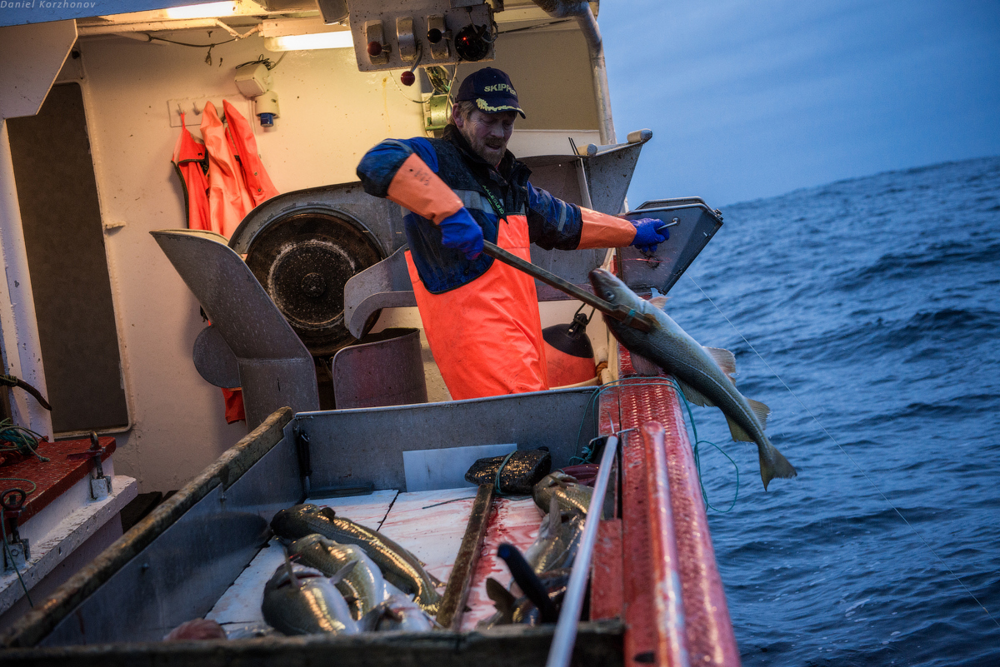

But why does Borge use such a traditional method? fishing, does not trawl, does not use nets? The captain himself answers like this: “I love my job, I love the sea and the traditions of our land. When you live in harmony with your native land, with the sea, then work brings pleasure". 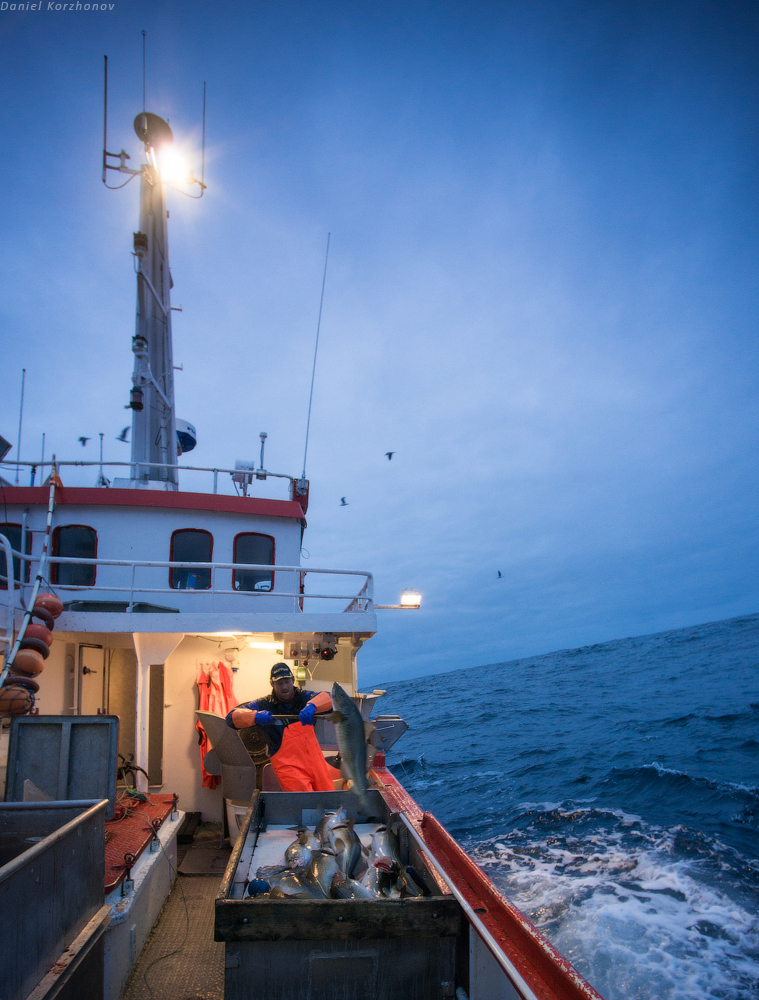
The two hours of the road home are spent talking and sailing stories - and only at 4 in the morning do we stand on solid ground.
Borge invited me to see the next day, what Next is done with fish. In every small village of the archipelago there are whole rows of poles on which either the body of the fish or the fish are suspended heads. Borge ships the fish to the warehouse - and then it is processed: cut off the head, liver, caviar, tongue. Fish is divided into several varieties: fresh, for drying and pickling. Basically, the fish is dried. What you you see in the photographs - a special way, characteristic only of Lofoten drying fish: it hangs in the open air from January to May. 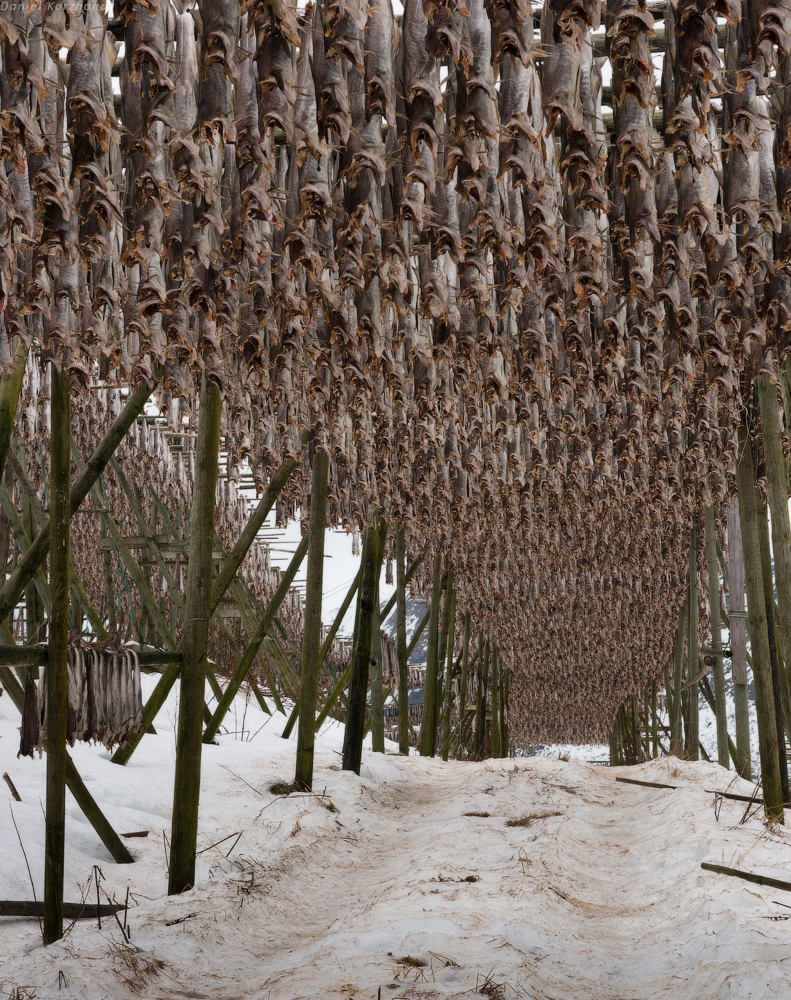
The fish is not pre-processed in any way: it is simply tied tails - and hung on poles. Temperatures in Lofoten are optimal for drying: on the one hand, it rarely drops below zero, so the ice does not tears the tissue of the fish, and on the other hand, is not too high so that flies and insects did not spoil the cod. At the same time, seagulls cannot break the tied fish from above, sitting on poles. And a strong sea wind quickly dries bunches of fish, reducing its weight by 5 times. So it turns out “concentrated” cod, which is very convenient to transport, while it does not lose its nutritional properties and is stored for a very long time. 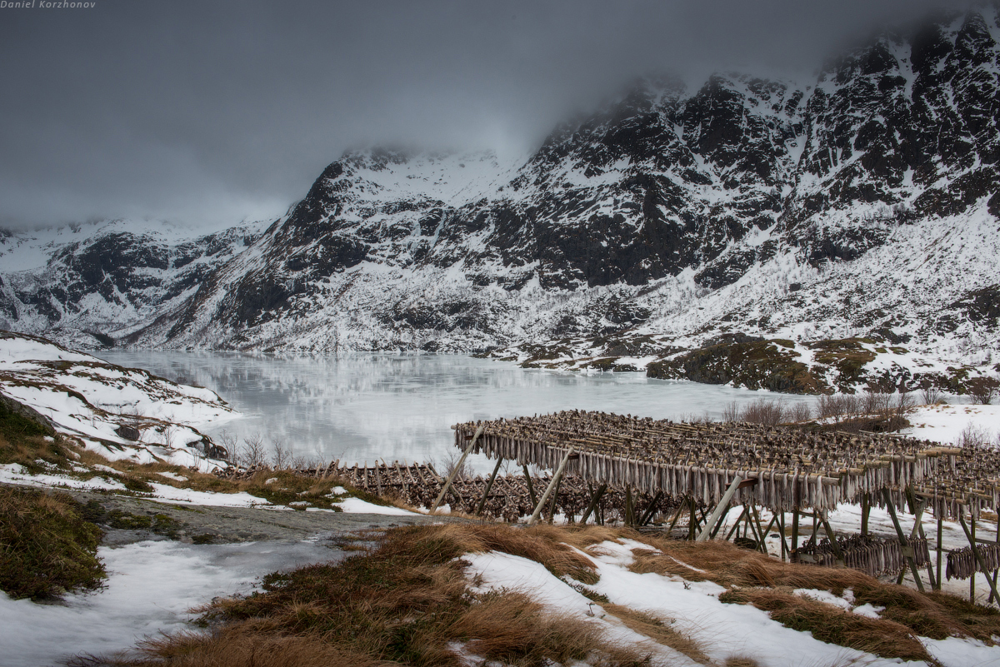
On traditional Norwegian hjells (“hjell” are poles for drying)Not only the bodies of the fish hang, but also their heads. It turns out that the heads are also in great demand - they are exported to Africa and made there of which are soups. 

Dried cod is supplied mainly to Italy. And I started tradition of cooking cod in Italian cuisine Venetian merchant Petro Querini, who visited the islands back in 1432 and brought with him a barrel of dried fish. Since then, Italians have been inseparable from their loved ones. Norwegian cod dishes. 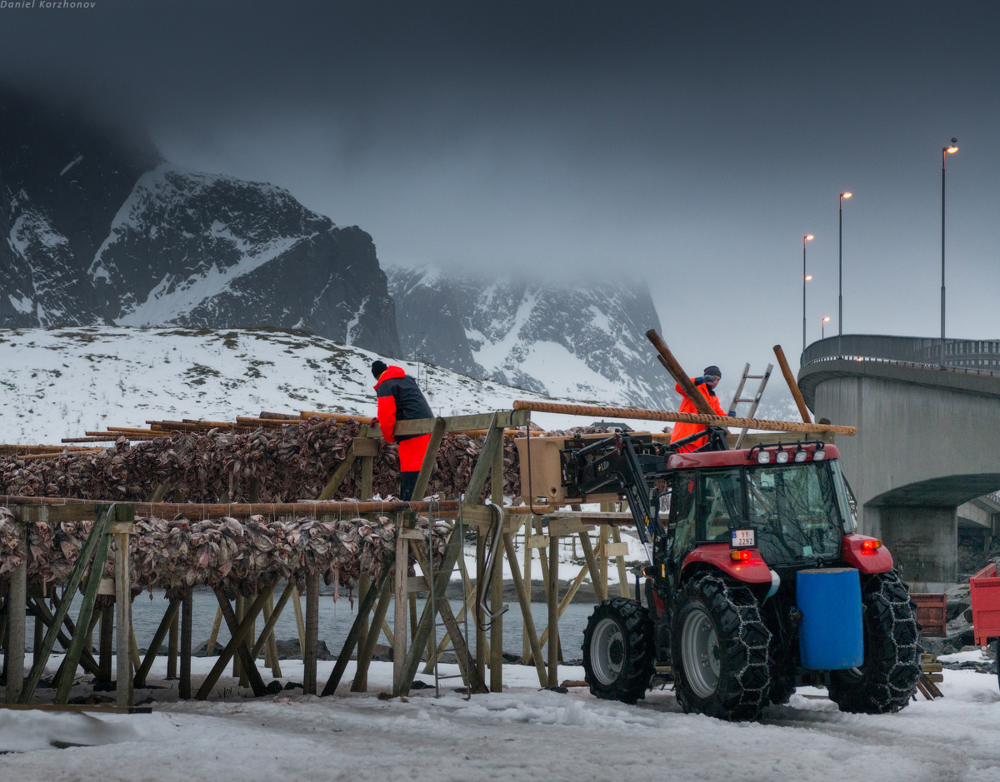

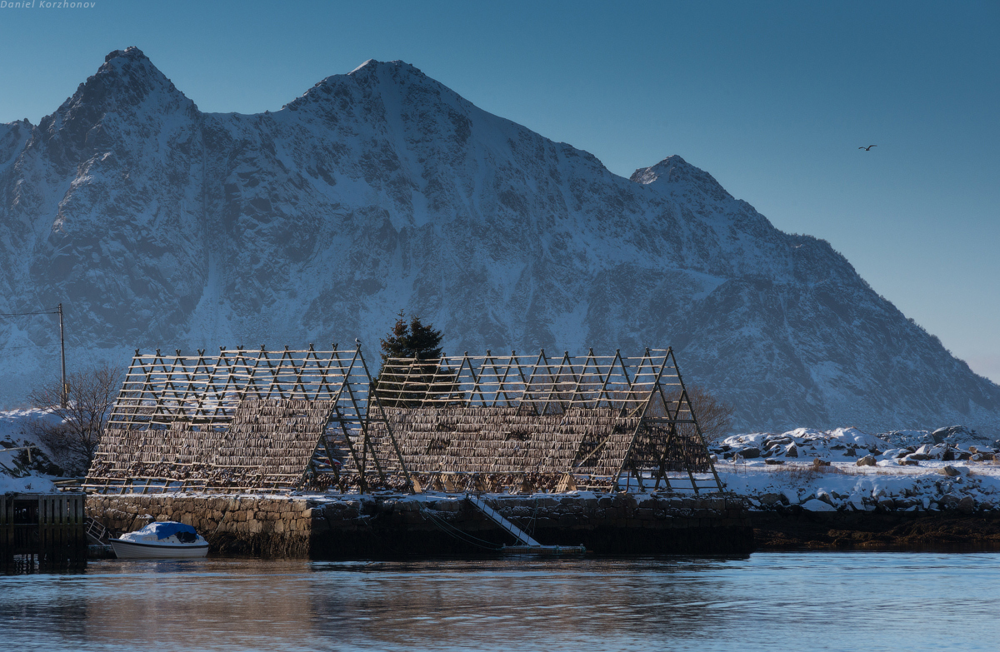
The next morning I met Borge. He's fun greeted me after another night of solo fishing. On the question “how’s the fishing?” received the answer:
- One thousand!
-One thousand kilograms is a ton? - I asked.
- No - one thousand fish, only 3 tons! And the biggest one weighed about 30 kilograms!

